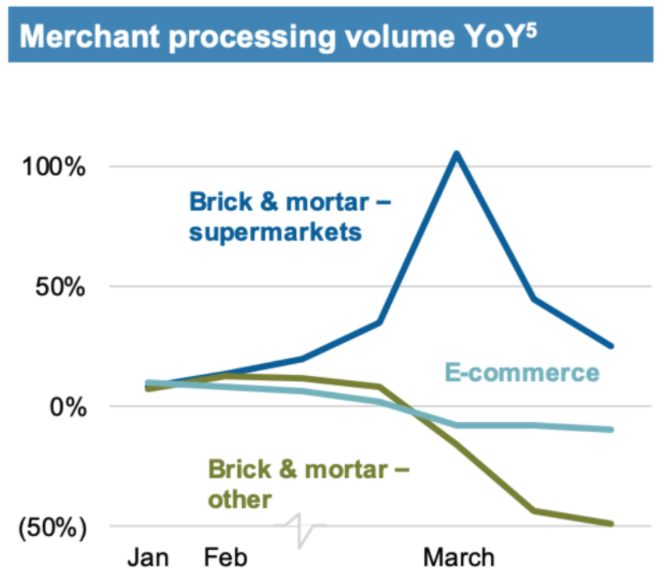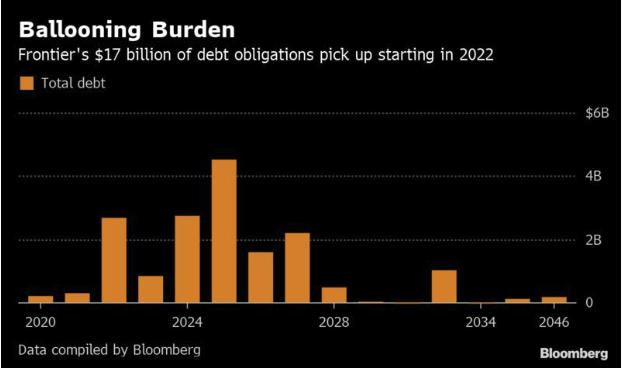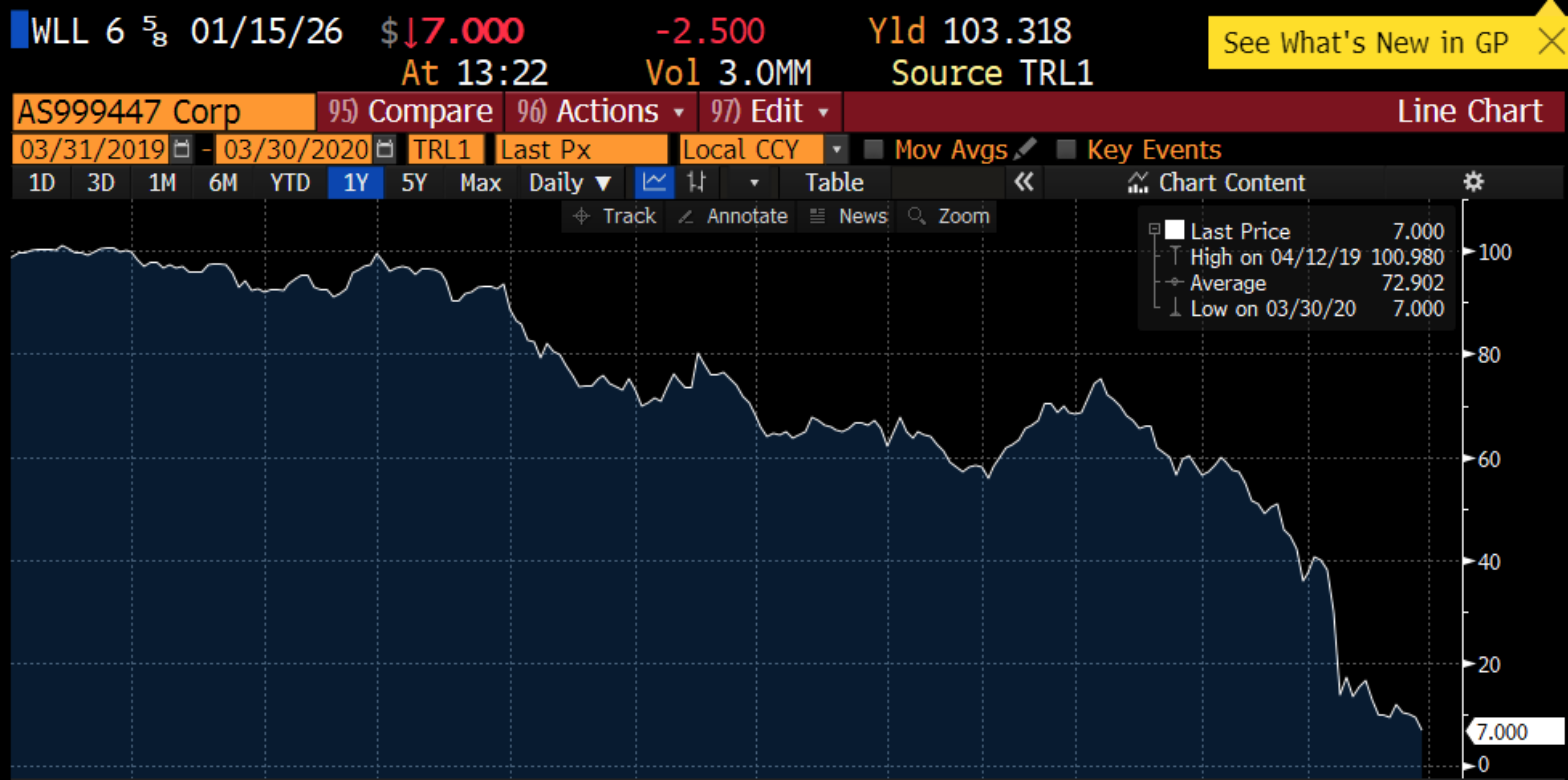🏈New Chapter 11 Bankruptcy Filing - The Northwest Company LLC🏈
The Northwest Company LLC
April 19, 2020
It’s one thing to secure the account. It’s another thing to maintain it. If that account is Walmart Inc. ($WMT), you damn sure better make certain that the account is maintained. Enter The Northwest Company LLC. You may have purchased product from The Northwest Company LLC without ever knowing it: it is a manufacturer and seller of branded home textiles with a specialization in throws and blankets; it has multi-year license agreements with global entertainment and lifestyle brands and professionals sports leagues and sells its product through major national retailers (cough, Walmart) and online. If you’ve stopped at Walmart on the way to freezing your a$$ off while tailgating the Bears game, well, you may have picked up some Bears-branded Northwest-made blankets. Ah, sports. Remember those?
Unfortunately, The Northwest Company LLC and an affiliate are now chapter 11 debtors. They’ve been suffering from various issues dating back to 2017.
First, the debtors acquired the sports-branded inventory of Concept One, a leading manufacturer of licensed backpacks and accessories sold primarily through Walmart Inc. ($WMT). Well, someone effed up. The debtors quickly discovered quality control “[c]hallenges with the acquired inventory” shortly after the deal closed. Consequently, the debtors didn’t make as much money from the product as modeled. All the while, the debtors were still on the hook for license payments. Rut roh. Lower than expected inputs + static outputs means that someone’s model got blown to sh*t. To make matters worse, certain product was so shoddy that Walmart reduced and subsequently cancelled the debtors’ participation in its juvenile bedding modular program. The bankruptcy papers don’t say but we have to think, on a volume basis alone, losing the Walmart juvenile bedding account was a major blow.
Enter President Trump. The trade war led to a 25% tariff on bags and backpacks imported from China. “The tariff was in addition to the already high 17.6% duty imposed on that category of goods, and decreased both demand for the goods and the margins on their sale.” Yikes. We wonder who these folks are voting for come November.
The debtors also blame general retail sector woes — as one might expect. Finally, they acknowledge COVID-19, saying it “exacerbated” their financial condition, but note that was “not the reason for the … bankruptcy.” Honestly, that’s somewhat shocking given that the NBA suspended as the playoffs neared and the MLB season never even got off the ground. Most of the major sports leagues are top creditors. The debtors owe $57mm in trade debt.
To finance their cases and pursue a sale, the debtors seek to enter into a post-petition financing agreement with their pre-petition lender, CIT Group, which appears over-secured by 2x.
Jurisdiction: S.D. of New York (Judge )
Capital Structure: $19.1mm pre-petition factoring obligations (CIT Group/Commercial Services Inc.), $10mm promissory note (Ashford Textiles LLC)
Professionals:
Legal: Sills Cummis & Gross P.C. (S. Jason Teele, Gregory Kopacz)
Financial Advisor: Clear Thinking Group LLC
Claims Agent: Omni Agent Solutions LLC (*click on the link above for free docket access)
Other Parties in Interest:
CIT Group/Commercial Services Inc.















